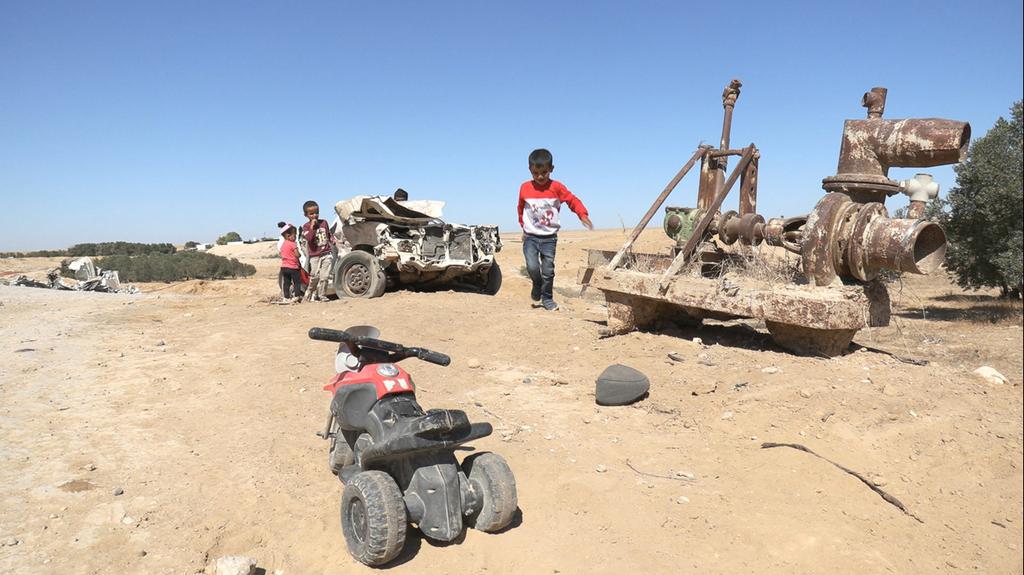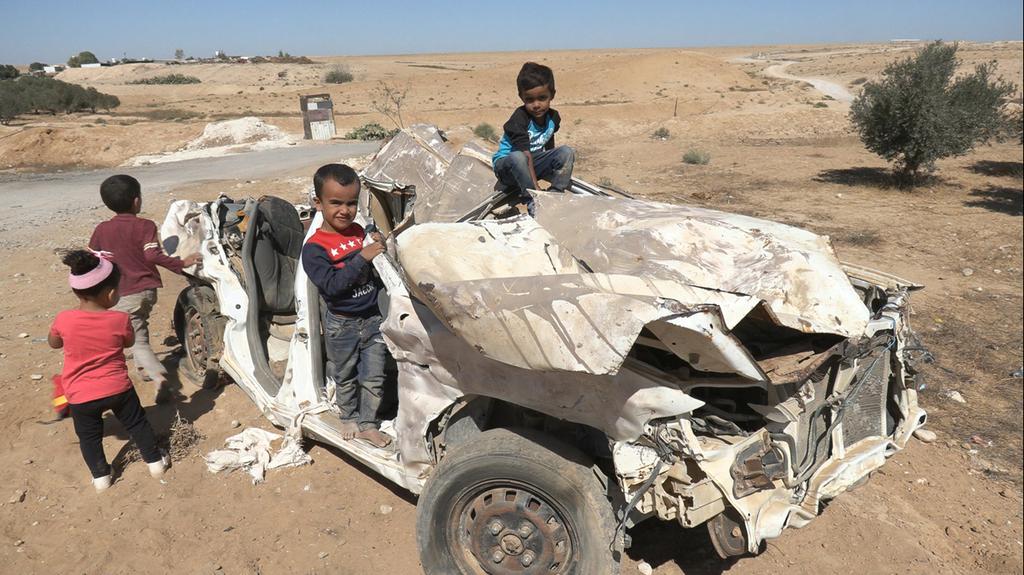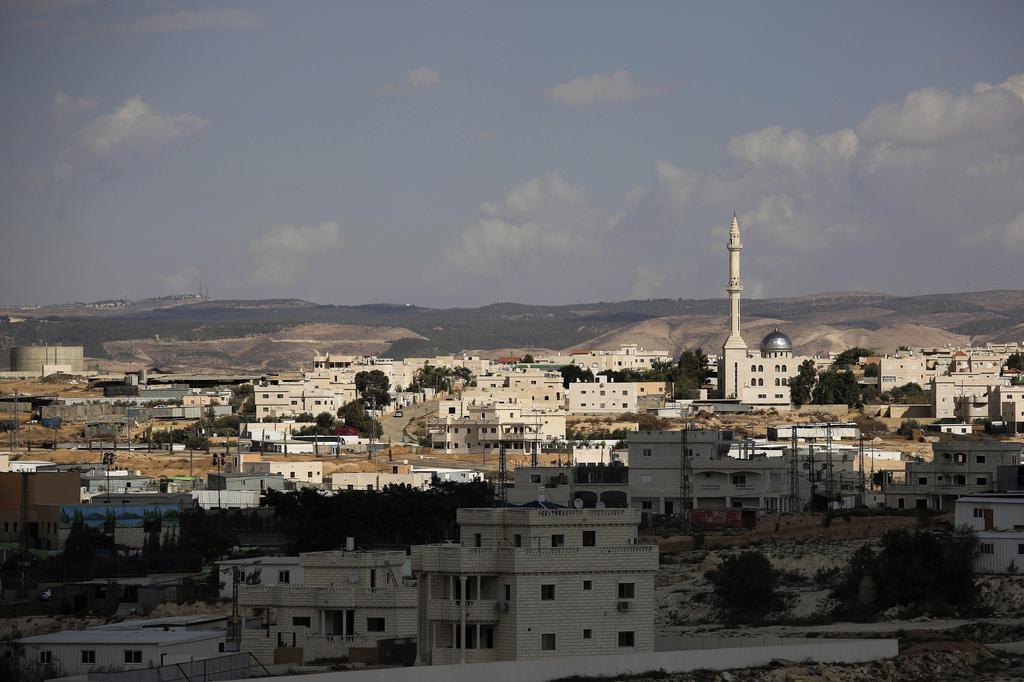The results of the latest PISA study, which evaluates the academic performance among students in different OECD and non-OECD countries, caused a media uproar after they showed that Bedouin students from southern Israel are ranked at the bottom of the list, lagging far behind counterparts from Saudi Arabia and Lebanon.
It's a shame the Israeli public only thinks about its most disenfranchised communities when studies of similar nature are published.
The gaps between the Bedouin and the Jewish students are unbelievable. Not only do they speak different languages, they also feed off different cultural sources.
Three weekly Hebrew lessons at a Bedouin school are like a drop in the ocean. This results in the children in the southern town of Rahat and other Bedouin communities unable to speak, write or communicate in Hebrew.
The Hebrew knowledge of a Bedouin student in the last year of high-school in the town of Lakiya (Bedouin community in southern Israel) is similar to the Hebrew level of a first-grader from the upscale Jewish town of Omer, located just minutes away.
One of the problems is that Bedouin schools experience a shortage of teachers. The Ministry of Education on their part, instead of recruiting teachers from the nearby cities of Be'er Sheva or Kiryat Gat opt to hire educators from Arab communities in the north, who speak a different dialect of Arabic.
This leaves second or third grade Bedouin students even more confused.
The Bedouin community lacks a sense of belonging. This is very evident in the way the Bedouin education system is being run. It is an old-fashioned, tribal system, which raises a lot of questions.
No one is taking responsibility for this ongoing neglect. Not the parents, not the teachers and not even the Ministry of Education itself.
The media, although tries to bring attention to the issue, does not examine and cover the disparities in depth. At best, they interview a Bedouin Arab school principle once every three years to explain why his students fail.
No one investigates the huge shortage of Hebrew, English and mathematics teachers and there are no newspaper covers showing pictures of the poor infrastructure in Bedouin communities.
As a result, Bedouin students who are seeking higher education would prefer an educational institution in Hebron over Ben-Gurion University, located in the nearby city of Be'er Sheva. There is no need to elaborate on the social implications of this phenomenon.
The State of Israel is dealing with children of foreign workers from the Philippines and Eritrea, but generation after generation of basically foreign children born right here in Israel, are being raised under the government's nose. Children from Rahat, Lakiya, Hura and other Bedouin communities.
The Education Ministry's greatest challenge is to integrate these students, as they've done in the past with students from Mizrahi background.
The integration process must be done with caution, using models that have already been successfully implemented.
Firstly, the Bedouin students must enroll into an Israeli school, starting from pre-school or first grade, after a careful screening process.
Secondly, we must learn from the bilingual schools that understand how to navigate through national and ethnic sensitivities.
After a year or two, this integration model could be expanded and ultimately become a heritage asset of the education system.
This important move means giving equal opportunity. It will be systemically, culturally and socially complex - but these tensions are much more preferable than more generations of foreigners born in Israel.
First published: 23:31, 12.24.19




